Informed decision-making relies on the integration of seismic data and interpreter knowledge. Interpreters’ insight is crucial to optimise areas of high geologic potential.
Data courtesy Geoscience Australia
The Canning Basin has undergone several phases of tectonic deformation, which has led to it becoming a complex structural setting, difficult to understand. It’s crucial to understand the regional structure and implications of such on the hydrocarbon system.
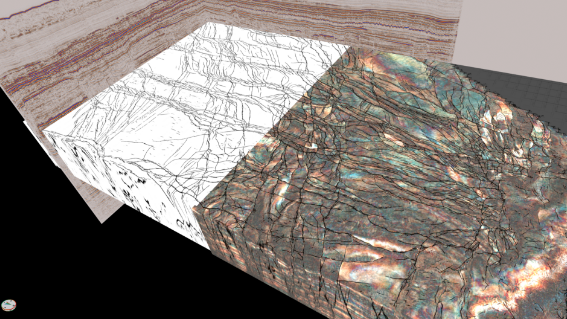
Image Title
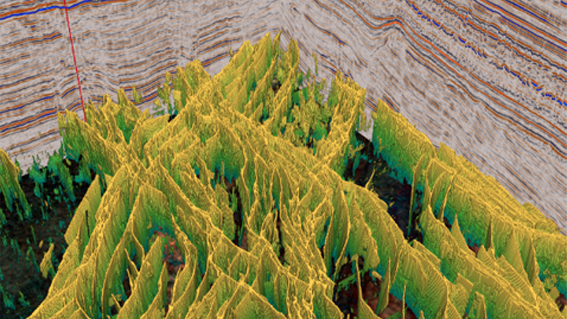
Image Title

Image Title
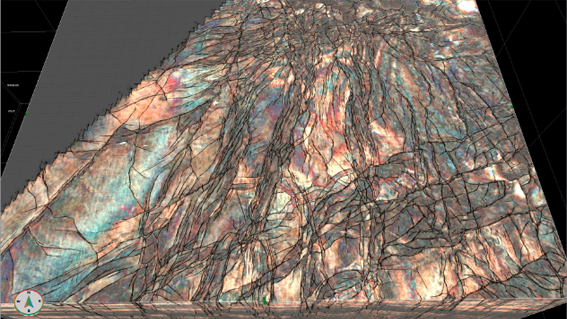
Title
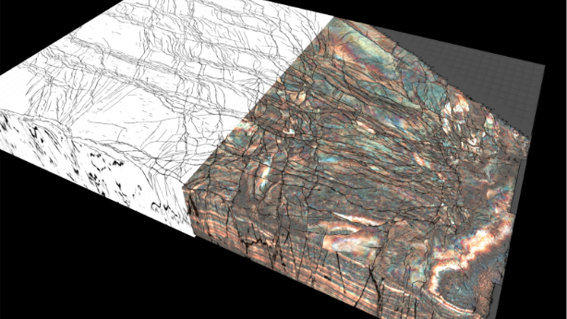
image title

“I was initially very sceptical about the AI approach; however, the results have drastically exceeded my expectations. I am confident it is going to revolutionise the seismic fault delineation and interpretation workflow”
Chris Han, Senior Geoscientist
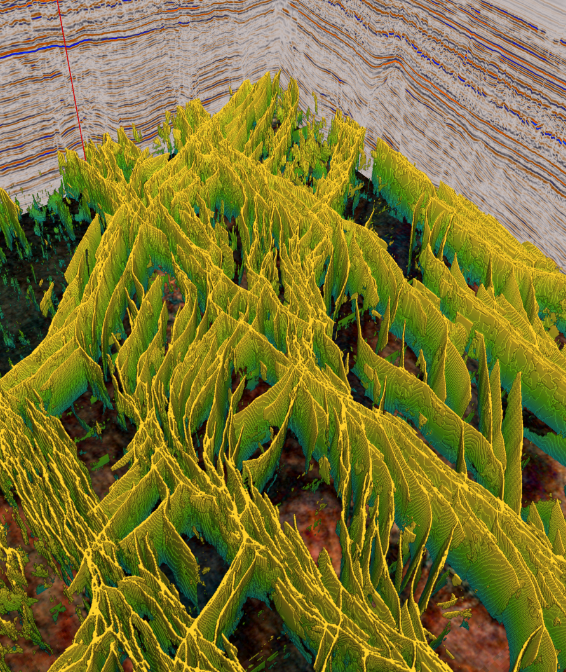
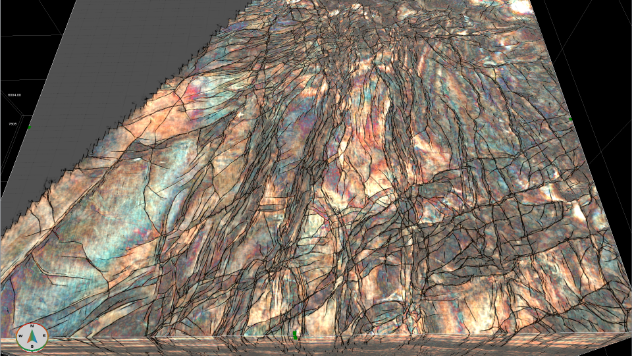


Combining artificial intelligence
Perth, Australia

Machine Learning Faults
Perth, Australia

AI software
Perth, Australia